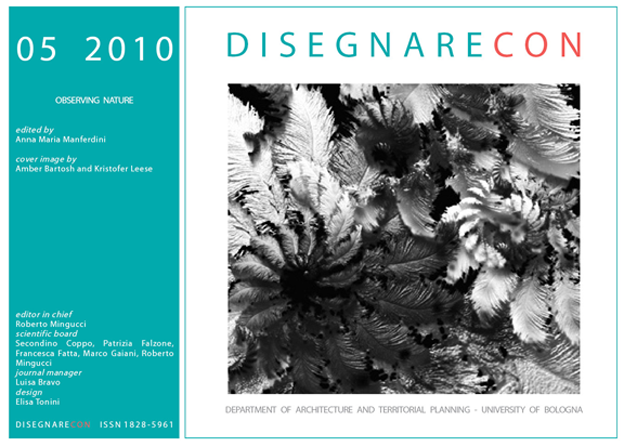Three-dimensional X-ray Computed Tomography: a new diagnostic tool for artistic and Cultural Heritage
DOI:
https://doi.org/10.6092/issn.1828-5961/1933Abstract
Born in the early Seventies for medical applications, X-ray Computed Tomography is currently playing an increasingly important role in the field of Cultural Heritage diagnostics. It represents a powerful non-destructive investigation technique, capable of displaying in a three-dimensional way the volume and the internal structure of the investigated objects, also thanks to modern 3D rendering techniques. This article presents the results of some diagnostic tests carried out by our research group, in collaboration with major restoration centers, using transportable tomographic systems developed by us. In particular it will deal with case studies that highlight the versatility and potential of computed tomography as a tool of knowledge in the field of artistic and cultural heritage.Downloads
How to Cite
Morigi, M. P., Casali, F., Bettuzzi, M., & Brancaccio, R. (2010). Three-dimensional X-ray Computed Tomography: a new diagnostic tool for artistic and Cultural Heritage. DISEGNARECON, 3(5), 27–42. https://doi.org/10.6092/issn.1828-5961/1933
Issue
Section
Articles
License
Copyright (c) 2010 Maria Pia Morigi, Franco Casali, Matteo Bettuzzi, Rosa Brancaccio





